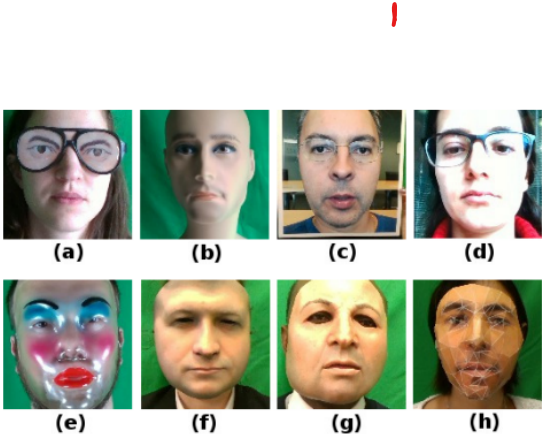
Featured in:
MD Thesis
Authors:
Miguel Correia
Facial Anti Spoofing (FAS) or liveness detection, has gained a large interest with the increasing use of facial recognition in day-to-day activities and its requirement for security. From the variety of different approaches that have been developed, the use of machine learning solutions has become the more popular approach due to the improvement of these types of solutions for other problems as well as the increased number of available datasets for liveness detection. These models however carry shortcomings like overfitting, where the model adapts perfectly to the training set, becoming unusable when used with the testing set, defeating the purpose of machine learning. This thesis focuses on how to approach overfitting without altering the model used by focusing on the input and output information of the model.The input approach focuses on the information obtained from the different modalities present in the datasets used, as well as how varied the information of these datasets is, not only in number of spoof types but as the ambient conditions when the videos were captured. The output approaches were focused on both the loss function, which has an effect on the actual ”learning” of the machine learning, used on the model which is calculated from the model’s output and is then propagated backwards, and the interpretation of said output to define what predictions are considered as bonafide or spoof. Throughout this work, the authors were able to reduce the overfitting effect with a difference between the best epoch and the average of the last fifty epochs from 36.57% to 3.63%.
© 2024 VISTeam | Made by Black Monster Media

Institute of Systems and Robotics Department of Electrical and Computers Engineering University of Coimbra